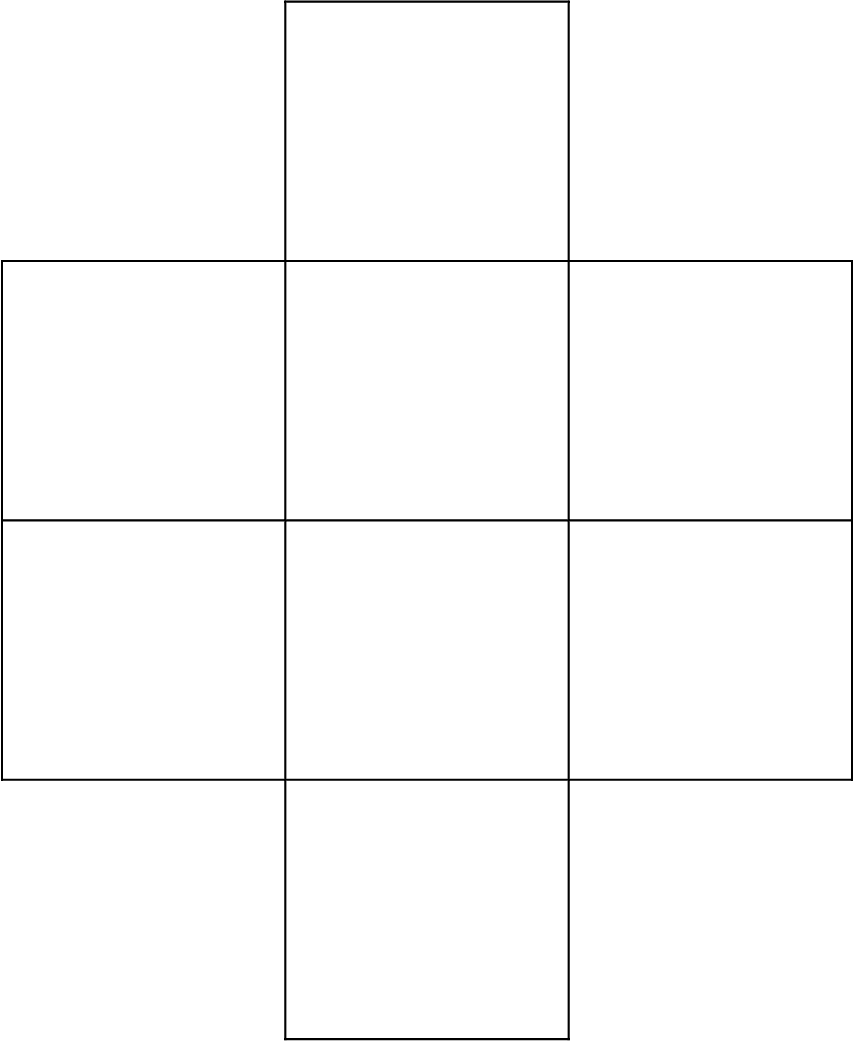CONSECUTIVE NUMBERS
How many ways are possible?
Strategy to Solve:
To solve this, we need to:
-
Model the adjacency of the 8 boxes using the image.
-
Generate all permutations of the numbers –1 to –8.
-
For each permutation:
-
Check that no two adjacent boxes contain consecutive numbers.
-
-
Count all valid arrangements.
Step-by-step Plan:
Number the boxes in the image (top to bottom, left to right) for easier referencing:
For each pair of adjacent boxes, check that their values are not consecutive (i.e.
Math.abs(a - b) != 1).
480 valid arrangements meet the puzzle's
constraint.Place the negative numbers from -1 to -8 into the boxes. The twist? No two consecutive numbers (e.g. -1 and -2) can be placed in adjacent boxes — even diagonally!
How to Play:
- Drag and drop numbers into the puzzle boxes.
- Consecutive numbers must NOT touch — not even corners!
- Click Check to validate your puzzle and receive a medal!


No comments:
Post a Comment